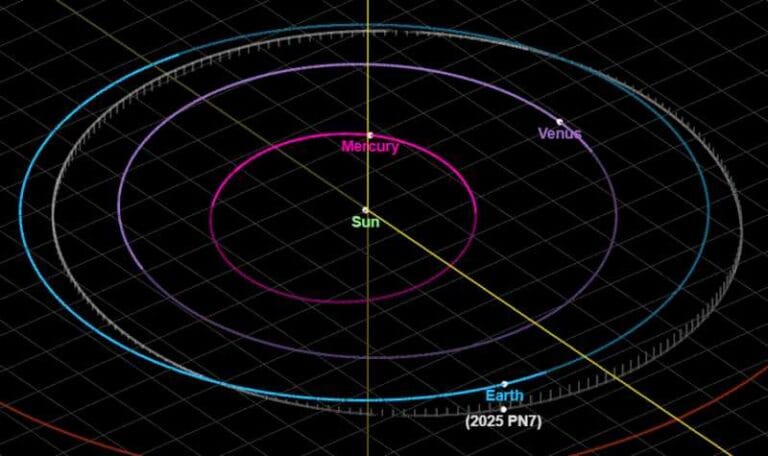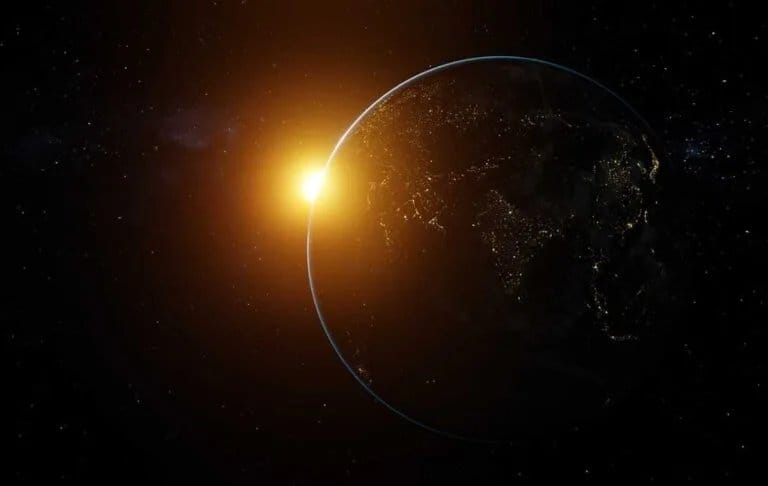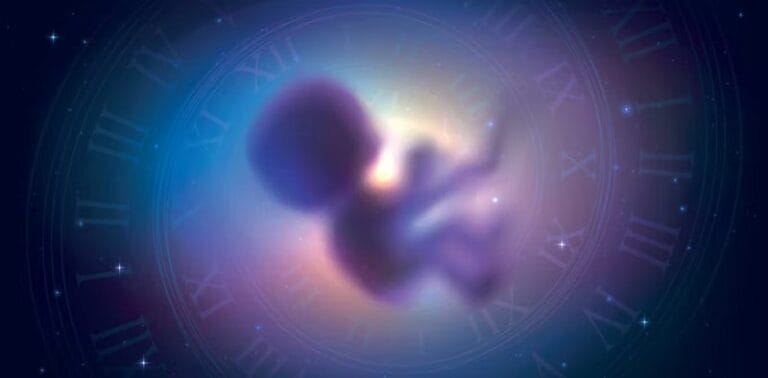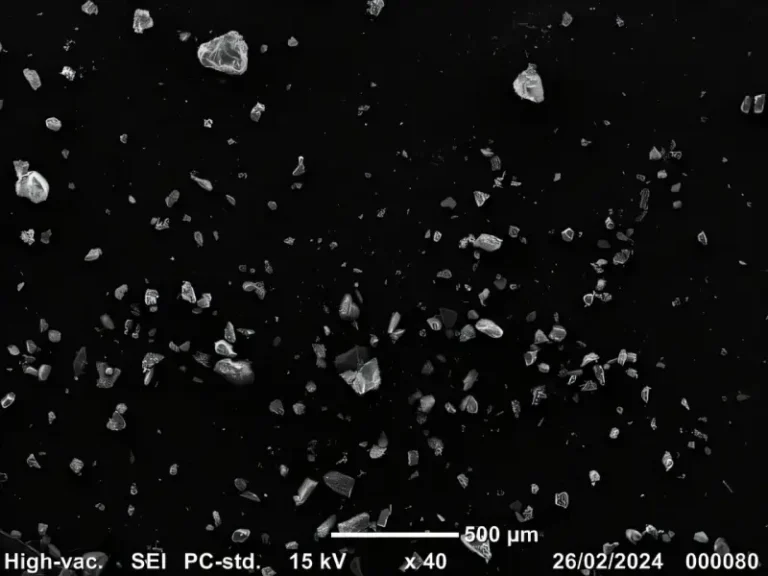The most distant twin of the Milky Way ever observed.
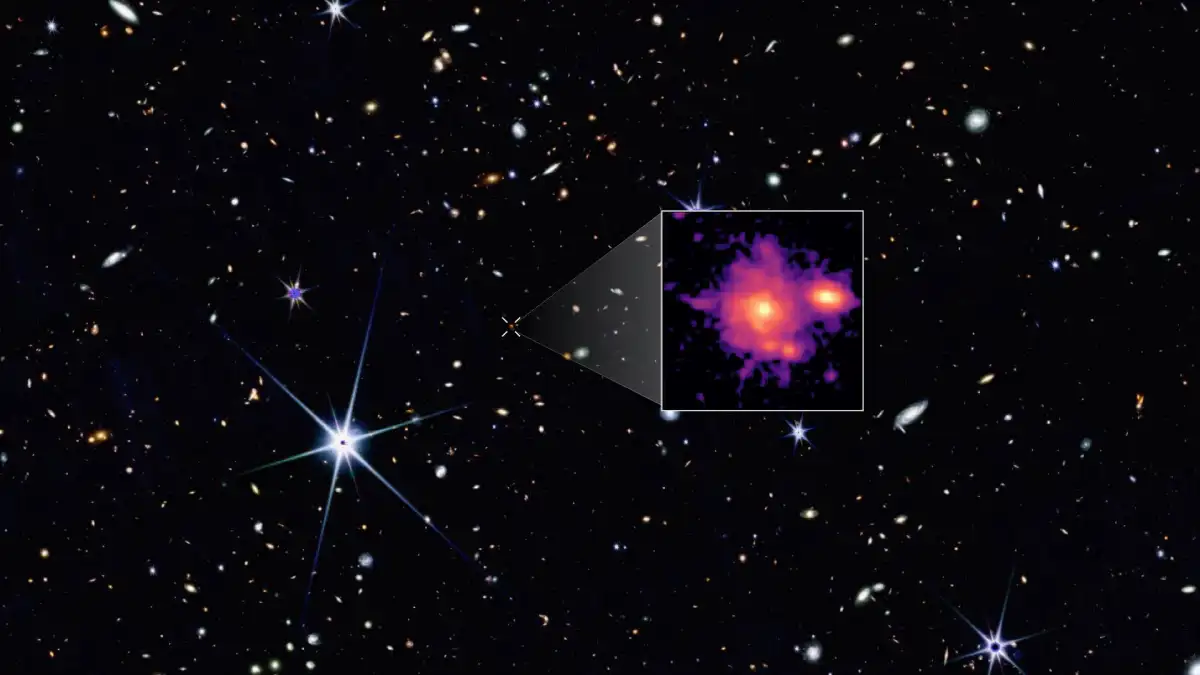
An international team led by the University of Geneva (UNIGE) has discovered the most distant known candidate for a spiral galaxy to date. This ultramassive system existed just one billion years after the Big Bang and already displayed a surprisingly mature structure, with an ancient central bulge, a large star-forming disk, and well-defined spiral arms. The discovery was made using data from the James Webb Space Telescope (JWST) and offers important insights into how galaxies can form and evolve so rapidly in the early Universe. The study was published in the journal Astronomy & Astrophysics.
Large spiral galaxies like the Milky Way typically take several billion years to form. It was previously believed that during the first billion years of cosmic history, galaxies were small, chaotic, and irregular in shape. However, JWST is beginning to reveal a very different picture. Its deep infrared images are uncovering surprisingly massive and well-structured galaxies much earlier than expected — prompting astronomers to rethink how and when galaxies take shape in the early Universe.
A Milky Way Twin in the Early Universe
Among these new discoveries is Zhúlóng, the most distant candidate spiral galaxy identified so far, observed at a redshift of 5.2 — just one billion years after the Big Bang. Despite existing in such an early epoch, the galaxy displays a surprisingly mature structure: an ancient central bulge, a large star-forming disk, and spiral arms — features typically seen in nearby galaxies.
“We named this galaxy Zhúlóng, which means ‘Torch Dragon’ in Chinese mythology. In the legend, Zhúlóng is a powerful red solar dragon that creates day and night by opening and closing its eyes, symbolizing cosmic light and time,” says Dr. Mengyuan Xiao, a postdoctoral researcher at the Department of Astronomy in the Faculty of Science at UNIGE and lead author of the study.
“What makes Zhúlóng special is how closely it resembles the Milky Way in shape, size, and stellar mass,” she adds. Its disk spans more than 60,000 light-years — comparable to our own galaxy — and contains over 100 billion solar masses in stars. This makes it one of the most compelling Milky Way analogues ever found at such an early epoch, raising new questions about how massive, well-organized spiral galaxies could form so soon after the Big Bang.
An Unexpected Discovery
Zhúlóng was discovered in deep images obtained by the JWST’s PANORAMIC survey (GO-2514), a large-scale extragalactic program led by Christina Williams (NOIRLab) and Pascal Oesch (UNIGE). PANORAMIC takes advantage of JWST’s unique “pure parallel” mode — an efficient strategy that allows the collection of high-quality images while the telescope’s primary instrument observes a different target.
“This allows JWST to map large areas of the sky, which is essential for discovering massive galaxies, as they are incredibly rare,” explains Dr. Christina Williams, assistant astronomer at NOIRLab and principal investigator of the PANORAMIC program. “This discovery highlights the potential of pure parallel mode programs to reveal rare and distant objects that challenge existing models of galaxy formation.”
Rewriting History
Spiral structures were previously thought to take billions of years to develop, and massive galaxies were not expected to exist until much later in the Universe, as they typically form through the gradual merging of smaller galaxies over time. “This discovery shows how JWST is fundamentally changing our view of the early Universe,” says Prof. Pascal Oesch, associate professor in the Department of Astronomy at the UNIGE Faculty of Science and co-principal investigator of the PANORAMIC program.
Future observations with JWST and the Atacama Large Millimeter Array (ALMA) will help confirm its properties and uncover more about its formation history. As new large-area JWST surveys continue, astronomers expect to find more galaxies like this one — offering fresh insights into the complex processes that shape galaxies in the early Universe.


